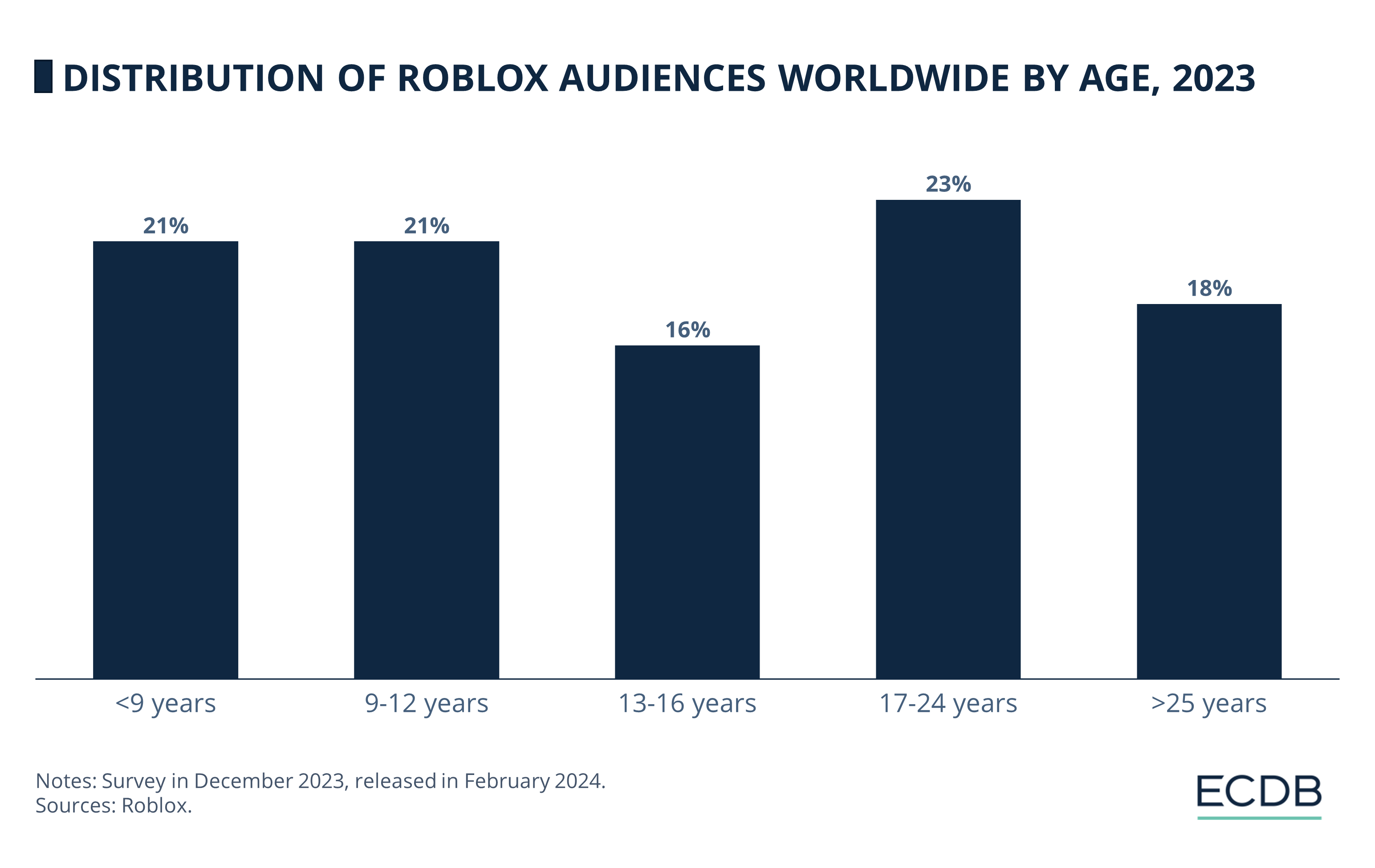eCommerce: Gaming Scams
How In-Game Purchases Are Fueling Online Scams Targeting Kids
Cybercriminals are targeting young gamers through in-game purchases and phishing scams, exploiting their vulnerability and raising serious concerns about safety and privacy.
Article by Cihan Uzunoglu | October 10, 2024Download
Coming soon
Share

Online Gaming Scams: Key Insights
Cybercriminals Target Young Gamers: Cybercriminals are increasingly preying on young gamers through in-game purchases, utilizing fake profiles and phishing tactics to take advantage of their vulnerability and access personal information.
Escalating Risks for Children: The MPL report underscores how children are particularly at risk from gaming scams, with over seven million attacks on popular games in 2022.
Roblox's Influence on Scams: The popularity of platforms like Roblox, where in-game purchases blur the line between fun and spending, has played a role in the surge of online scams, with more than half of its users being 16 or younger, making them prime targets.
A recent report from Mobile Premier League (MPL) has raised concerns about a growing trend of cybercriminals targeting young gamers.
Exploiting the vulnerability of children, these scams pose significant risks to their safety, privacy, and financial security, similar to concerns in the wider context of in-game purchases and virtual platforms like Roblox.
Children at High Risk
The MPL report reveals that gaming scams often lead to identity theft, unauthorized bank account access, and exposure to online harassment. With children less able to differentiate between real and fictional scenarios, they are particularly vulnerable to manipulation.
Stay Informed: Our rankings are continuously updated with the newest data from our models, offering valuable insights to enhance your business strategy. Curious about which stores and companies are at the forefront of eCommerce? Want to know which categories are leading in sales and popularity? Discover the answers in our rankings for companies, stores, and marketplaces. Keep ahead of the competition with ECDB.
Popular children's games such as Poppy Playtime and Toca Life World have been heavily targeted, with over seven million related attacks detected in 2022 by Kaspersky.
This rise in scams mirrors the growing trend of in-game purchases, such as power-ups and character skins, as seen on platforms like Roblox. These purchases have created a massive digital market, making it easier for scammers to exploit young users through unregulated communication channels and phishing attempts disguised as game-related content.
Connecting Online Shopping and Scams
The booming success of platforms like Roblox, where in-game purchases represent a critical revenue stream, is closely linked to the rise of online scams. Roblox and other platforms allow users, especially young children, to spend real money on virtual goods, blurring the line between entertainment and commerce.
This is particularly risky given the age demographics of the Roblox audience:

One fifth of Roblox users globally are 9 years old or younger, with another fifth falling between the ages of 9 and 12.
While 16% of users are aged 13 to 16, the largest group consists of 17-24 year olds.
Users aged 25 and above make up 18% of the global audience, yet over half (58%) of Roblox's user base is still 16 or younger.
The Dark Side of In-Game Purchases
Similar to how in-app purchases fuel the freemium model, these purchases often open opportunities for scammers to gain trust and steal personal information.
By using tactics like fake profiles and phishing links, cybercriminals can exploit the spending habits of young gamers, mirroring the concerns surrounding impulsive buying and data privacy in virtual shopping environments.
Sources: E-Commerce Times, ECDB

Click here for
more relevant insights from
our partner Mastercard.
Related insights
Deep Dive
Secondhand Fashion Online Market in the UK: Categories, Preferences by Generation, Top Stores
Secondhand Fashion Online Market in the UK: Categories, Preferences by Generation, Top Stores
Deep Dive
Gen Z Online Shopping Behavior: Consumer Habits, Preferences & Trends
Gen Z Online Shopping Behavior: Consumer Habits, Preferences & Trends
Deep Dive
Older Consumers Drive Growth in the Chinese eCommerce Market
Older Consumers Drive Growth in the Chinese eCommerce Market
Deep Dive
Artificial Intelligence in Italy eCommerce: Consumer Behavior & Preferences
Artificial Intelligence in Italy eCommerce: Consumer Behavior & Preferences
Deep Dive
Shopping Trends: Doom Spending
Shopping Trends: Doom Spending
Back to main topics
